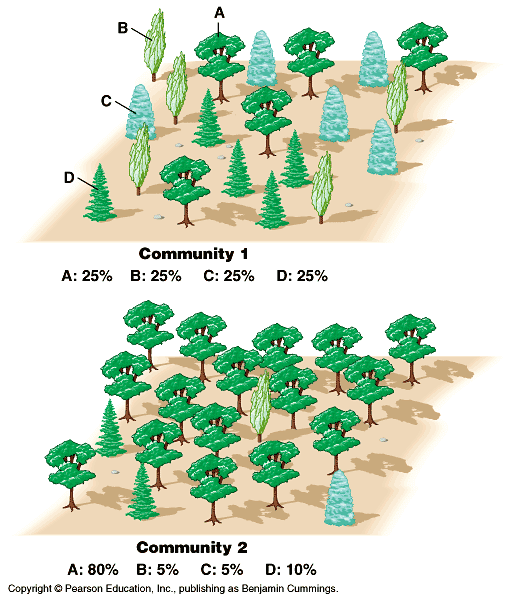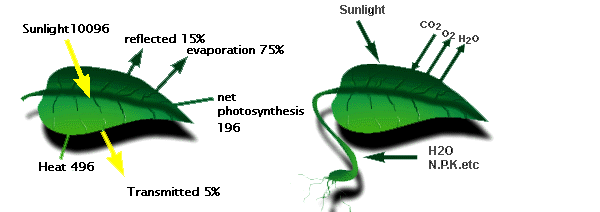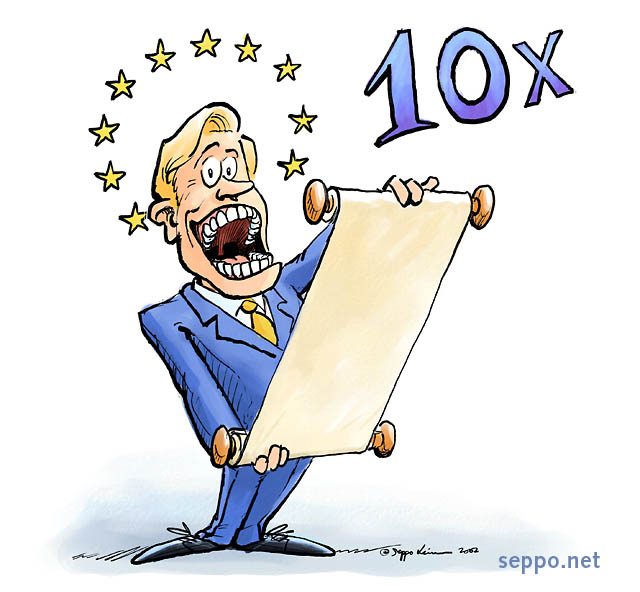Unit four blog
Species richness: Number of species that are present in a sample, community, or taxonomic group

Species evenness: How close in numbers each species in an environment are

Mircoevolution: Evolutionary change within species or small group of organisms over a short period of time

Macroevolution: Major evolutionary change of whole taxonomic groups over long periods of time

Evolution of Natural Selection: A characteristic of an individual that allows it to survive to produce based on its traits

Evolution by Artificial Selection: Genotype and phenotype of parent organisms in the hope of producing a hybrid that possesses many of the desirable characteristics found in their parents

Allopatric Speciation: Prevents two or more groups from mating with each other regularly

Sympatric Speciation: When new species evolve from ancestral species while having the same geographic region

Genetically Modified Organisms: An organism whose genetic material has been altered using engineering techniques

Fundamental Niche: Range of environmental conditions and resources an organism can possibly occupy and use

Exponential Growth Model: Estimation of the future size of a population

Logistic Growth Model: Occurs when the growth rate decreases as the population reaches carrying capacity

Carrying Capacity: The number of organisms that can be supported by the resources

Keystone Species: A species on which other species in an ecosystem largely depend

Current Event:
Hotspots:
Biodiversity hotspots are a method to identify those regions of the world where attention is needed to address biodiversity loss and to guide investments in conservation.It is essential because it is the variety of all life forms
My hotspot is generally located in Asia-Pacific but specifically located in New Zealand-a mountainous archipelago once dominated by temperate rainforests. New Zealand harbors extraordinary levels of endemic species, including its most famous representative, the kiwi. None of its mammals, amphibians, or reptiles are found anywhere else in the world.

An endemic species is one whose habitat is restricted to a particular area. For example, the endemic Pingao golden sand sedge is a coastal plant used by the Maori people in traditional building construction. The hotspot also has 17 endemic bird genera and three endemic bird families, Acanthisittidae, Apterygidae, and Callaeidae. Moreover, it is the only hotspot to have an endemic bird Order, represented by the endearing, flightless kiwis also the national bird of New Zealand.
Although people came to New Zealand relatively late, human impact on the land and natural ecosystems has been extensive. The first great impact was from hunting, fishing, and gathering, which caused the extinction of native bird species such as the giant moas and eagles.Today, invasive species remain an important threat to New Zealand's biodiversity, but large-scale habitat destruction, through deforestation, wetland drainage and ecosystem degradation, represents as serious an issue
New Zealand has a strong history of conservation legislation.. Most conservation laws are administered by the Department of Conservation, the main government agency responsible for the protection and sustainable use of biodiversity. Yet, the true conservation successes in New Zealand have resulted from the hard work of exceptionally talented individuals who have made the conservation of threatened species successful at the ground level. Richard Henry, back in the 1880s, started this trend by trying to save the kakapo by translocation to islands. The practical, experimental and field-based focus of conservation, which grew out of the old Wildlife Service in the 1960s and 1970s, has been a major factor in achieving conservation in this hotspot.
Pick a side:
There are many factors that lead to species extinction. Currently, we are experiencing a sixth global mass extinction. These wide-ranging causes include habitat destruction, overharvesting, introduction of invasive species, climate change and emerging diseases. Environmental changes can also play a part in species extinction. If environmental conditions change, species that cannot adapt to the changes will eventually go extinct. Another cause for species extinction can be through geographic isolation; where species are separated from exchanging genetic material with other organisms of the same species. When this occurs, the genotypes of these species are altered because of random processes or because of natural selection. Natural selection favors different phenotypes in each of the habitats. If individuals cannot move between the populations, then over time, they will not be able to survive and will soon become extinct. Also, if species are experiencing a geographic isolation and the physical barrier is removed, then they will not be able to produce viable offspring. This is known as reproductive isolation. Additionally, mutations can be detrimental enough to species to lead to their extinction. Many mutations cause the offspring that carry them to die before they are born. If they keep dying off, then it will be hard to reproduce other species.
Big Picture Reflection:
Human impact: Humans have had an impact on biodiversity both negatively and positively. For example, overfishing and hunting, the destruction of habitats through agriculture and urban sprawl, the use of pesticides and herbicides, and the release of other toxic compounds into the environment have negatively impacted species. On the other hand, humans have also positively impacted species through construction. In fact, construction can even enhance biodiversity and encourage species to colonize urban areas by creating ecological corridors and networks to circumvent obstacles, thereby providing access to favourable habitats. Small mammals, for example, can cross major roads and railways by using dedicated pathways that are constructed within existing tunnels or bridges.
Environmental impact: A limiting resource is a resource that a population cannot live without. It occurs in quantities lower than the population would require to increase in size. If a limiting resource decreases, then so does the size of the population that depends on it. When the species population of an area is low, then there are only a few individuals sharing the limiting resource so each individual has access to sufficient quantities. As a result, individuals in the population survive and reproduce well. On the other hand, when species population of an area is high, then each individual receives a smaller share of the resource. As a result, they are less likely to survive. The ability to survive and reproduce are dependent on limiting resources which are provided by the environment.
Economic impact: There are many economic impacts that biodiversity has. For example, processes such as pollination, pest control, nutrient provision, genetic diversity, and disease prevention control have enabled the agricultural and forest industry to prosper. Also, by cutting down trees, humans can make things such as houses and boats which benefit the economy. The cutting down of trees can also affect the species. Not only are humans able to make houses for themselves to live in but they can also build habitats for species.
Government legislation:The Threatened Species Conservation Act provides for the conservation of threatened species, populations and ecological communities of animals and plants (although the Act does not generally apply to fish). The Act sets out a number of specific objects relating to the conservation of biological diversity and the promotion of ecologically sustainable development.























